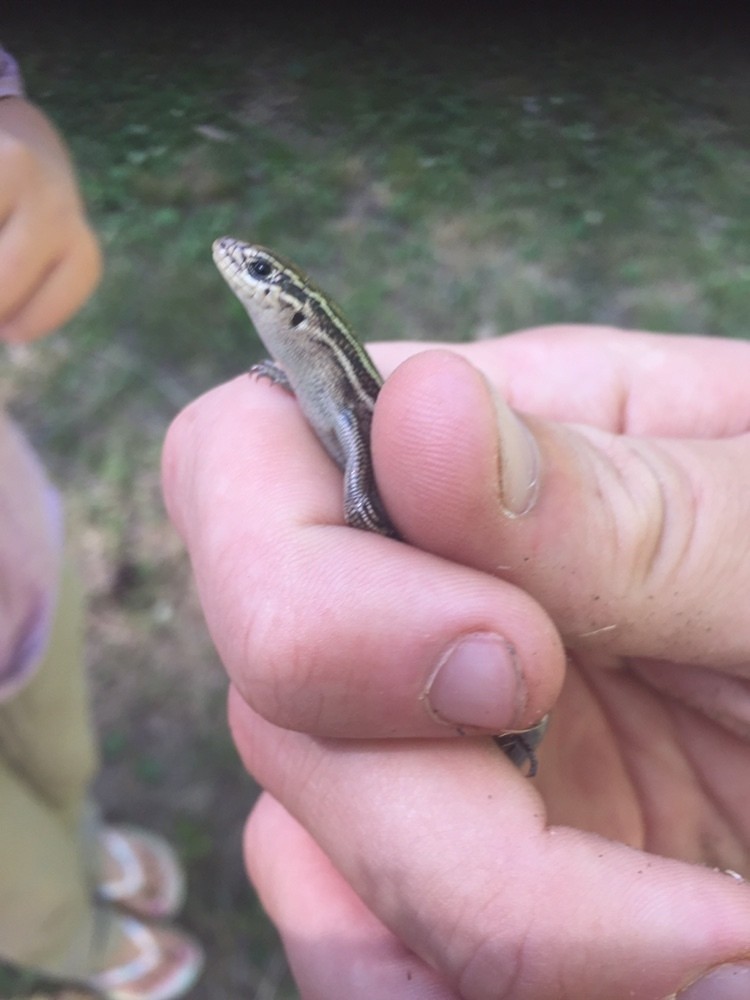Plestiodon septentrionalis septentrionalis
A species of Skinks Scientific name : Plestiodon septentrionalis septentrionalis Genus : Skinks
Plestiodon septentrionalis septentrionalis, A species of Skinks
Scientific name: Plestiodon septentrionalis septentrionalis
Genus: Skinks
Content
Description General Info
 Photo By peterschmidt6 , used under CC-BY-NC-4.0 /Cropped and compressed from original
Photo By peterschmidt6 , used under CC-BY-NC-4.0 /Cropped and compressed from original Description
Plestiodon septentrionalis septentrionalis is an escape artist renowned for its ability to detach its tail when threatened, a survival mechanism known as autotomy. This adaptable species thrives in a wide array of habitats from deciduous forests to rocky outcrops, equipped with an omnivorous diet that enables flexibility in its ecological role.
General Info
Lifespan
10-20 years
Diet
Plestiodon septentrionalis septentrionalis is primarily an insectivore, feasting on an assortment of arthropods. Its diet is dominated by spiders, beetles, and caterpillars, demonstrating an opportunistic foraging strategy primarily in terrestrial habitats.
Appearance
Plestiodon septentrionalis septentrionalis is a medium-sized skink with cylindrical body shape and smooth, shiny scales. Typical adults range from charcoal gray to black with five to seven narrow, light stripes running lengthwise from head to tail. Plestiodon septentrionalis septentrionalis's have a long, tapering tail and pointed muzzle. Subspecies or gender-related significant differences are not observed in their physical appearance.
Behavior
Plestiodon septentrionalis septentrionalis is primarily nocturnal, hiding under bark or stones during the day. It exhibits solitary behavior, only interacting with others during mating season. This species is territorial, often using physical displays to discourage intruders. Fast and agile, it escapes predators through rapid, zigzag movements. No pronounced migratory patterns have been observed.